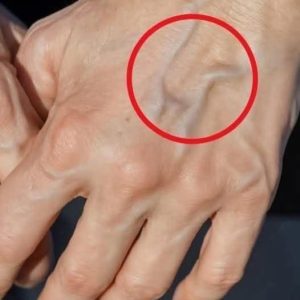Skin fungus is a common condition caused by microorganisms that thrive in warm, moist environments. “One of the most common fungal infections is ringworm,” which can affect the skin, scalp, nails, and more. Other types include cutaneous candidiasis, onychomycosis, and pityriasis versicolor.
Ringworm, caused by dermatophytes, often appears as a red, ring-shaped rash. Variants include tinea corporis (body), tinea capitis (scalp), tinea pedis (athlete’s foot), jock itch, and tinea unguium (nails). Symptoms range from itching and scaling to brittle, discolored nails.
Fungi spread through direct contact with infected people, animals, objects, or damp surfaces like gym floors. Risk factors include sweating, tight clothing, and poor hygiene.
Treatment depends on severity. Mild cases respond to topical antifungals such as clotrimazole or terbinafine, applied for 2–4 weeks. Severe or widespread infections may need oral antifungals like itraconazole or fluconazole. For nail or scalp infections, specific long-term treatments are used. Natural remedies—such as apple cider vinegar, garlic, tea tree oil, baking soda, and aloe vera—can help relieve symptoms but do not replace medical treatment.
Prevention includes keeping skin dry, avoiding contact with infected sources, wearing breathable clothing, using antifungal powder, and supporting immune health. “Prevention is key” to avoiding recurrence.





